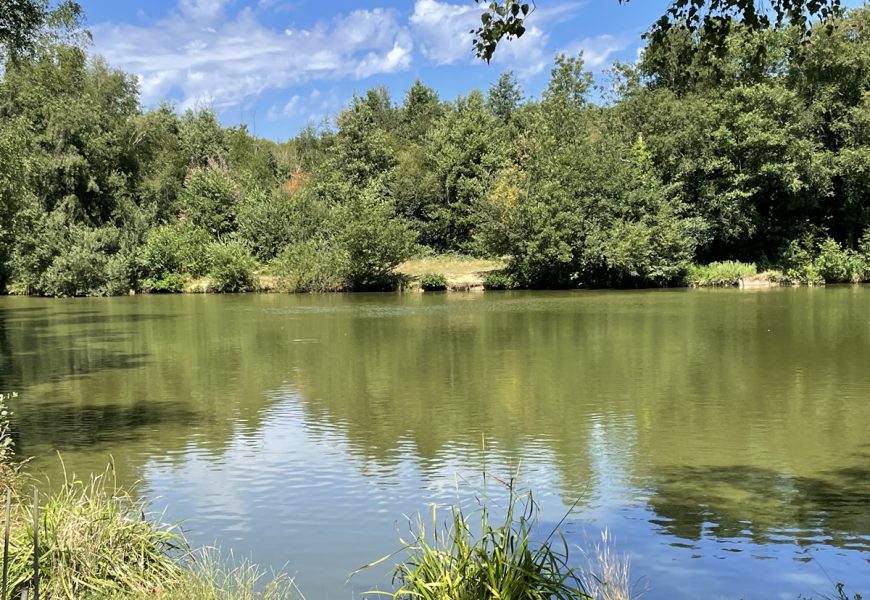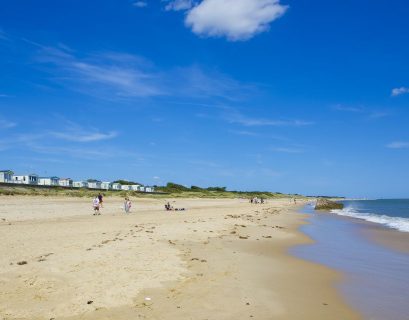Wyland, a celebrated name in the world of marine art, has transformed the way people perceive and engage with oceanic life through his masterful creations. His work is not just about depicting the beauty of the ocean; it is about advocating for its protection and preservation. This blog post takes a deep dive into Wyland’s artistic journey, exploring how he has influenced marine art and inspired a global movement towards environmental conservation.
The Early Years: Foundations of a Marine Artist
Wyland’s Childhood and Early Inspirations
Born Robert Wyland in 1956 in Detroit, Michigan, Wyland’s fascination with marine life began at a young age. Despite growing up far from the ocean, his interest in water and the creatures that inhabit it was sparked by visits to the Great Lakes and the aquariums of his hometown. Wyland’s early exposure to these aquatic environments planted the seeds for what would become a lifelong passion.
Artistic Beginnings: A Self-Taught Talent
Wyland’s artistic talent was evident from an early age. As a self-taught artist, he began experimenting with various mediums, often drawing and painting scenes inspired by the underwater world. His love for marine life grew stronger as he immersed himself in studying the works of other artists and marine biologists. This foundation would later serve as the bedrock for his unique style, which combines realism with a deep reverence for the natural world.
Wyland’s Impact on Marine Art: A Deep Dive into His Artistic Journey
The Whaling Walls: A Landmark in Public Art
One of the most significant contributions Wyland has made to marine art is his Whaling Wall series. These large-scale murals, which depict life-size images of whales and other marine creatures, can be found on buildings around the world. The first Whaling Wall was painted in 1981 in Laguna Beach, California, and since then, Wylands has completed over 100 such murals globally.
The Message Behind the Whaling Walls
The Whaling Walls are not just artistic masterpieces; they carry a powerful message about the importance of ocean conservation. Each mural is a visual representation of the fragile relationship between humans and the marine environment. By bringing the majesty of the ocean to urban landscapes, Wyland has been able to reach a broader audience, many of whom may never have had the opportunity to experience the ocean firsthand. These murals serve as a constant reminder of the need to protect and preserve our planet’s oceans.
Global Recognition and Influence
Wyland’s Whaling Walls have gained international recognition, earning him accolades and establishing him as a leading figure in the world of environmental art. The impact of these murals extends beyond their artistic value; they have sparked conversations about conservation and inspired communities to take action in protecting their local environments. Wyland’s work has demonstrated the power of art to influence public opinion and drive social change.
Wyland’s Artistic Style: A Blend of Realism and Advocacy
Wyland’s artistic style is characterized by his meticulous attention to detail and his ability to capture the essence of marine life in his work. His paintings, which often feature whales, dolphins, and other ocean creatures, are celebrated for their lifelike quality and vibrant colors. But beyond the aesthetics, Wyland’s art serves as a call to action, urging viewers to recognize the beauty of the natural world and the urgent need to protect it.
Techniques and Mediums
Wyland’s work spans a variety of mediums, including oil paintings, watercolors, sculptures, and murals. His technique is rooted in realism, with a focus on accurately depicting the form and movement of marine animals. However, Wyland also incorporates elements of impressionism and abstraction, particularly in his use of color and light, which add a dynamic and ethereal quality to his work.
The Role of Light and Color in Wyland’s Work
Light and color play a crucial role in Wyland’s art, helping to convey the depth and vitality of the ocean. Wyland often uses a palette of blues, greens, and purples to recreate the underwater environment, while his use of light reflects the way sunlight filters through water, illuminating the subjects of his paintings. This mastery of light and color not only adds to the realism of his work but also enhances the emotional impact of his pieces.
Wyland’s Contributions to Environmental Conservation
Advocacy Through Art
Wyland has used his platform as an artist to advocate for environmental conservation, particularly the protection of marine ecosystems. His art serves as a visual reminder of the beauty and diversity of the ocean, while his public outreach efforts emphasize the importance of preserving these natural resources for future generations.
Collaborations with Environmental Organizations
Over the years, Wyland has collaborated with numerous environmental organizations to promote marine conservation. He has worked with groups such as the United Nations, the National Oceanic and Atmospheric Administration (NOAA), and the World Wildlife Fund (WWF) to raise awareness about the threats facing the world’s oceans, including pollution, overfishing, and climate change. Through these partnerships, Wyland has been able to amplify his message and reach a global audience.
Educational Initiatives and the Wyland Foundation
In addition to his collaborations with environmental organizations, Wyland has also founded the Wyland Foundation, a non-profit organization dedicated to promoting ocean conservation through education and public outreach. The foundation’s programs focus on inspiring people, particularly young people, to take an active role in protecting the environment. Initiatives such as the National Mayor’s Challenge for Water Conservation and the Wyland Clean Water Mobile Learning Experience have engaged communities across the United States in efforts to conserve water and protect natural habitats.
The Legacy of Wyland’s Art
Wyland’s impact on marine art and conservation is profound and far-reaching. His work has inspired a generation of artists and environmentalists, while his advocacy efforts have contributed to tangible progress in the fight to protect the world’s oceans. Wyland’s legacy is not only found in his stunning artworks but also in the countless individuals he has motivated to take action for the environment.
Influence on Contemporary Marine Artists
Wyland’s influence extends beyond his own body of work. As a pioneer of marine art, he has inspired countless artists to explore the underwater world in their own creations. Many contemporary marine artists cite Wyland as a major influence, crediting his work with opening up new possibilities for expressing the beauty and importance of the ocean.
Lasting Impact on Conservation Efforts
Wyland’s contributions to conservation go beyond awareness-raising; they have had a lasting impact on the policies and practices surrounding marine protection. His advocacy has helped to secure the establishment of Marine Protected Areas (MPAs), which are essential for preserving biodiversity and protecting vulnerable species. Moreover, his educational programs have equipped future generations with the knowledge and tools they need to continue the work of environmental stewardship.
Future Directions: Wyland’s Ongoing Journey
New Projects and Initiatives
As Wyland continues to create new works of art, his commitment to marine conservation remains unwavering. He is currently involved in several new projects that aim to further his mission of protecting the world’s oceans. These projects include the development of new public art installations, collaborations with environmental organizations, and the expansion of the Wyland Foundation’s educational programs.
The Role of Technology in Wyland’s Future Work
In recent years, Wyland has begun to explore the use of technology in his work, incorporating digital media and virtual reality into his artistic practice. These new tools allow Wyland to reach an even wider audience and offer new ways of experiencing his art. For example, virtual reality experiences can transport viewers into the underwater world depicted in Wyland’s paintings, offering an immersive and educational experience that deepens their connection to the ocean.
Expanding the Reach of Marine Art
Wyland’s future work is likely to continue pushing the boundaries of marine art, exploring new themes, mediums, and technologies. As he continues to expand his artistic practice, Wyland remains committed to using his work as a platform for environmental advocacy. His ongoing journey as an artist and conservationist will undoubtedly continue to inspire and influence future generations.
Conclusion
Wyland’s impact on marine art and environmental conservation is unparalleled. Through his stunning artworks and tireless advocacy, he has brought the beauty and importance of the ocean to the forefront of public consciousness. Wyland’s artistic journey, marked by a deep commitment to marine life and the environment, serves as a powerful reminder of the role that art can play in shaping a better world. As we look to the future, Wyland’s legacy will continue to inspire and guide efforts to protect and preserve the planet’s oceans for generations to come.












